Is the flow rate of the filter cup important in the brewing process of hand-brewed coffee?
Professional coffee knowledge exchange More coffee bean information Please pay attention to coffee workshop (Weixin Official Accounts cafe_style)
I often hear this saying: "This filter cup flows faster, so the coffee that comes out tastes more fragrant, and that filter cup flows slower, so the coffee that comes out tastes more delicious." This statement seems to be acceptable to everyone, but Xiaobian always feels that this is a plausible and a bit strange statement.

Is the concept of "flow rate" of the filter cup really correct?
What is the concept of velocity? Probably every middle school student can tell you: "The distance a fluid flows per unit time is the velocity of the fluid." So, how do you measure the flow rate in brewing a cup of coffee? So what we have in mind is, we take a couple of filter cups, we put filter paper in them, we pour a fixed amount of water in them, and we measure which cup runs out faster, and the cup that runs out faster is the one that runs out faster. Yes, that's what everyone does, and that's how the flow rate in the cup is measured.
Wait a minute! Such a measurement method, the measured result is obviously only a filter cup flow rate is relatively large, not a faster flow rate?
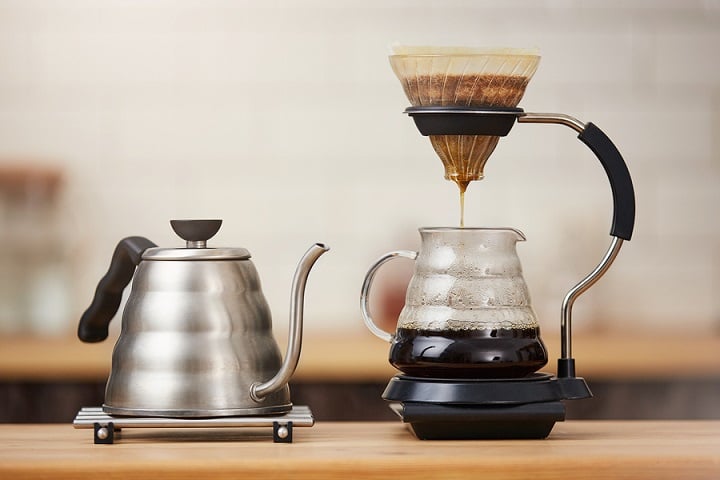
The same concept we change the scene, there are 40 people from the south of the city to the north of the city, a bus two hours to carry out, but Lamborghini a maximum of four people, back and forth ten times a total of 20 times to carry out, took nearly a day. We wouldn't say Lamborghini is slower than bus, would we? The key to figuring out this problem lies in clarifying whether it is a speed problem or a quantity problem.
Simply put, we say the flow rate as the flow rate. If we use the concept of faster drainage, we can think about it, but it is definitely not the concept of flow rate. Fast flow rate, not necessarily large flow rate, slow flow rate, not necessarily small flow rate, because the surface passing through in unit time is not necessarily the same, flow rate and flow rate refer to two different units and ideas, should not be confused.
When we're talking about "flow rate," we're talking about the distance the fluid moves per unit of time, roughly the time it takes for water to move from the top of the filter cup to the bottom of the sharing pot; when we're talking about "flow rate," we're talking about the volume of fluid flowing out of the filter cup per unit of time.

Put it in the hand wash, of course, the displacement of the liquid will be there, but we are more concerned about the time when the liquid passes through the filter cup, right? There is a time difference, we only know what to operate when we carry out hand flushing. So, you know what's wrong with the expression "flow rate of the filter cup"?
Clear up the "flow rate" and "flow rate" problem, let's seriously discuss, filter cup drainage efficiency, and coffee flavor performance really have so much to do?

The construction of the filter bowl does affect the rate of drainage.
From the perspective of filter cup structure alone, the drainage efficiency will be affected by at least: different sizes of upper and lower openings, different inclination angles of filter cup walls, different heights of filter cups, whether there are ribs inside, different thickness and length of internal ribs, and different inclination angles and directions of ribs. We usually do empty cup filter paper measurement of drainage speed experiments, it can be a good comparison of this type of structure caused by the difference in drainage efficiency.

However, it is not only the difference in physical structure that can affect the drainage efficiency of the filter cup, but also other possible factors: the degree of fit between the filter paper and the filter cup, the particle size ratio of the coffee powder in the filter cup, the clogging of the fine powder, the material of the filter paper, the roasting degree of the coffee powder, the efficiency of the coffee powder absorbing water, the date when the coffee beans are roasted, the single bean and the formula bean, the amount of water per unit time, and the water level in the filter cup will also affect the drainage of the filter cup.
Then it's not just structural, right?
In addition, many different forces in the brewing process, such as gravity, the earth's rotation bias force, the internal flow of liquid, pressure and cohesion, adhesion between liquid and solid, etc., actually affect the drainage effect of the filter cup.
。
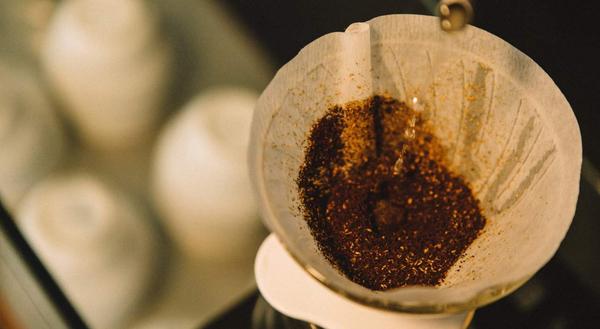
Anyway, let's understand one thing: the drainage efficiency of a filter cup before coffee powder is added and after coffee powder is added, two completely different systems are involved. We often say that some filter cups "flow rate" is faster or slower, but in fact, there is also a possibility that there are two filter cups with completely different shapes and materials, but their drainage efficiency may be the same. Is there really no difference in the coffee flavor they brew?
Sometimes that's the case. You just need to know the flavor difference caused by the filter cup, and you don't need to invent any new terms to explain it. Because in the end, what matters is how you use it, not necessarily the ability to dissect it. Just like you can use a computer, but you don't necessarily know how to make a motherboard or write a programming language; just like you swipe a mobile phone, but you don't necessarily know Fourier transform or make lithium batteries.
To take another ten thousand steps back, we have to know a person with at least 12 constellations and four blood types. We will also consider the constellation and blood type compatibility in the process of chasing or being chased, and try to go out on a few dates to see if the personality is compatible.
You only use drainage efficiency as a criterion to interpret the filter cup. Have you considered the feelings of the filter cup itself?
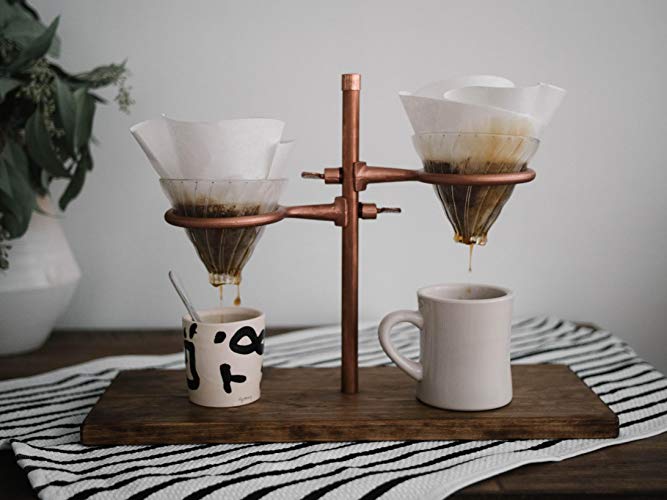
Drainage efficiency and flavor trend are not necessarily related
It is not that the "flow rate" in our impression is not important, but that the "flow rate" measured in this way is not necessarily related to the extraction result. "Flow rate" fast does not mean full aroma,"flow rate" slow does not mean mellow taste. We often say that "V60 filter cup brewed coffee flavor layers, aroma is obvious","KONO filter cup brewed coffee flavor balance, solid taste", these filter cups through the design of ribs, openings, angles, materials and other factors, guide (or limit) other brewing parameters, corresponding water injection method to obtain the result. The performance characteristics of these filter cups should not be roughly and simply associated with "flow rate".

Each filter cup drains differently, and we can use this difference to "design" the flavor we want when brewing. At first, we can recognize or adapt to the design characteristics of the filter cup, and adapt to it, using the filter cup that expresses aroma to prepare aroma beans, and using the filter cup that enhances taste to prepare taste beans. However, as our brewing experience slowly increases, we must begin to learn to use these conditions, further improve, adjust, actively design, to achieve the flavor performance we want, for example: how to use the "flow rate" fast filter cup to rush out solid taste, how to use the "flow rate" slow filter cup to show the layered sense of aroma…
You can understand the drainage efficiency of each filter cup, but there is no need to let this so-called "flow rate" restrict your cooking imagination.
END
Important Notice :
前街咖啡 FrontStreet Coffee has moved to new addredd:
FrontStreet Coffee Address: 315,Donghua East Road,GuangZhou
Tel:020 38364473
- Prev
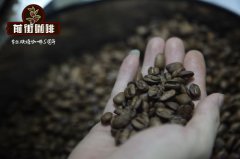
What is the body of coffee? how to increase the thickness of caffeine and how to brew the body of coffee?
Professional coffee knowledge exchange more coffee bean information Please pay attention to the coffee workshop (Wechat official account cafe_style) in sensory learning, touch is also a link, in drinking coffee the organ of touch is the mouth, when the food density and consistency are different, the mouth will feel, and what in the coffee can affect the touch in the mouth? 1. Grease 2. Suspended matter (i.e.
- Next
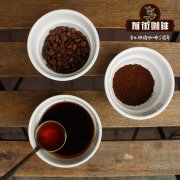
Flavor and characteristics of Ethiopian Coffee produced in Ethiopia
Professional coffee knowledge exchange more coffee bean information please follow the coffee workshop (Wechat official account cafe_style) Ethiopian coffee according to the above four different production methods, Ethiopian coffee can be divided into nine major coffee producing areas, including five boutique coffee areas: Sidamo, Yegashefi, Harald, Lim, Lekampdi, and four general commercial bean producing areas: Jemma and Iruba.
Related
- Beginners will see the "Coffee pull flower" guide!
- What is the difference between ice blog purified milk and ordinary milk coffee?
- Why is the Philippines the largest producer of crops in Liberia?
- For coffee extraction, should the fine powder be retained?
- How does extracted espresso fill pressed powder? How much strength does it take to press the powder?
- How to make jasmine cold extract coffee? Is the jasmine + latte good?
- Will this little toy really make the coffee taste better? How does Lily Drip affect coffee extraction?
- Will the action of slapping the filter cup also affect coffee extraction?
- What's the difference between powder-to-water ratio and powder-to-liquid ratio?
- What is the Ethiopian local species? What does it have to do with Heirloom native species?

